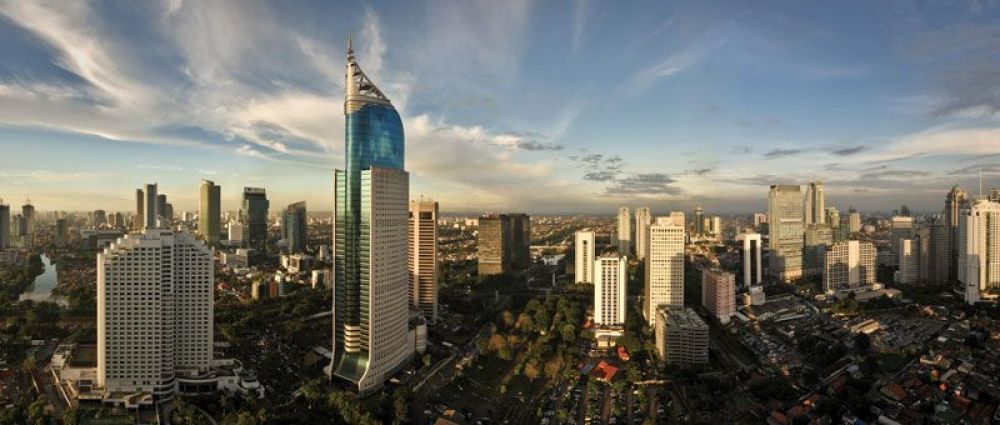

Jakarta, as a travel destination, has a rich history that has seen the city evolve from a vital trading port to a bustling modern metropolis. Known historically as Sunda Kelapa, the area that is now Jakarta has been of strategic importance due to its location on the northwest coast of Java.
The early history of tourism in Jakarta can be traced back to the 16th century when the Portuguese sought to monopolize the spice trade in the region. It was then that Jakarta, under the name Sunda Kelapa, started to gain significance as a port city. Later, it was taken over by the Dutch, renamed Batavia, and became the headquarters of the Dutch East India Company. This led to an influx of trade, and with it, the earliest forms of tourism as traders from various backgrounds visited the port city.
During the colonial era, Batavia was adorned with canals and buildings reminiscent of those in Amsterdam, earning it the nickname "The Jewel of Asia." This European influence made the city a unique destination for travelers who wanted a glimpse of Europe in the tropics. The Dutch also established recreational spots like the Ancol Dreamland, which was, and still is, a popular attraction.
After Indonesia gained independence in 1945, Jakarta rapidly grew as the capital city. With economic growth and urban development, tourism gradually became more focused on business, with hotels, conference centers, and shopping malls catering to business travelers.
Today, Jakarta is a melting pot of cultures with a vibrant mix of modern and traditional attractions. Tourism has expanded beyond business travel, with leisure tourists visiting to experience Jakarta's cultural heritage, culinary delights, and bustling nightlife. The city's landmarks, such as the National Monument (Monas), the historical old town area of Kota Tua, and the Thousand Islands (Kepulauan Seribu), continue to draw visitors.
In recent times, the trend in Jakarta tourism has shifted towards experiential and sustainable travel. Visitors are increasingly interested in authentic experiences, community-based tourism, and eco-tourism options that respect the local environment and culture.
Another significant trend is the rise of digital nomadism, where professionals choose to work remotely from different parts of the world. Jakarta's developing infrastructure, relatively low cost of living, and high-speed internet access make it an appealing destination for this new wave of travelers.
Moreover, the Indonesian government has been actively promoting Jakarta as a gateway to the rest of Indonesia, encouraging tourists to explore other regions of the country after their stay in the capital. Efforts like these signal a focus on holistic development of the tourism sector, with an emphasis on diversity and sustainability.
The evolution of tourism in Jakarta has been shaped by its unique history, cultural diversity, and economic growth. From a historical port town to a contemporary urban hub, Jakarta has developed a rich tapestry of attractions that reflect its complex past and dynamic present. As the city continues to adapt and cater to new trends in tourism, it remains one of Southeast Asia's most compelling capitals to visit.